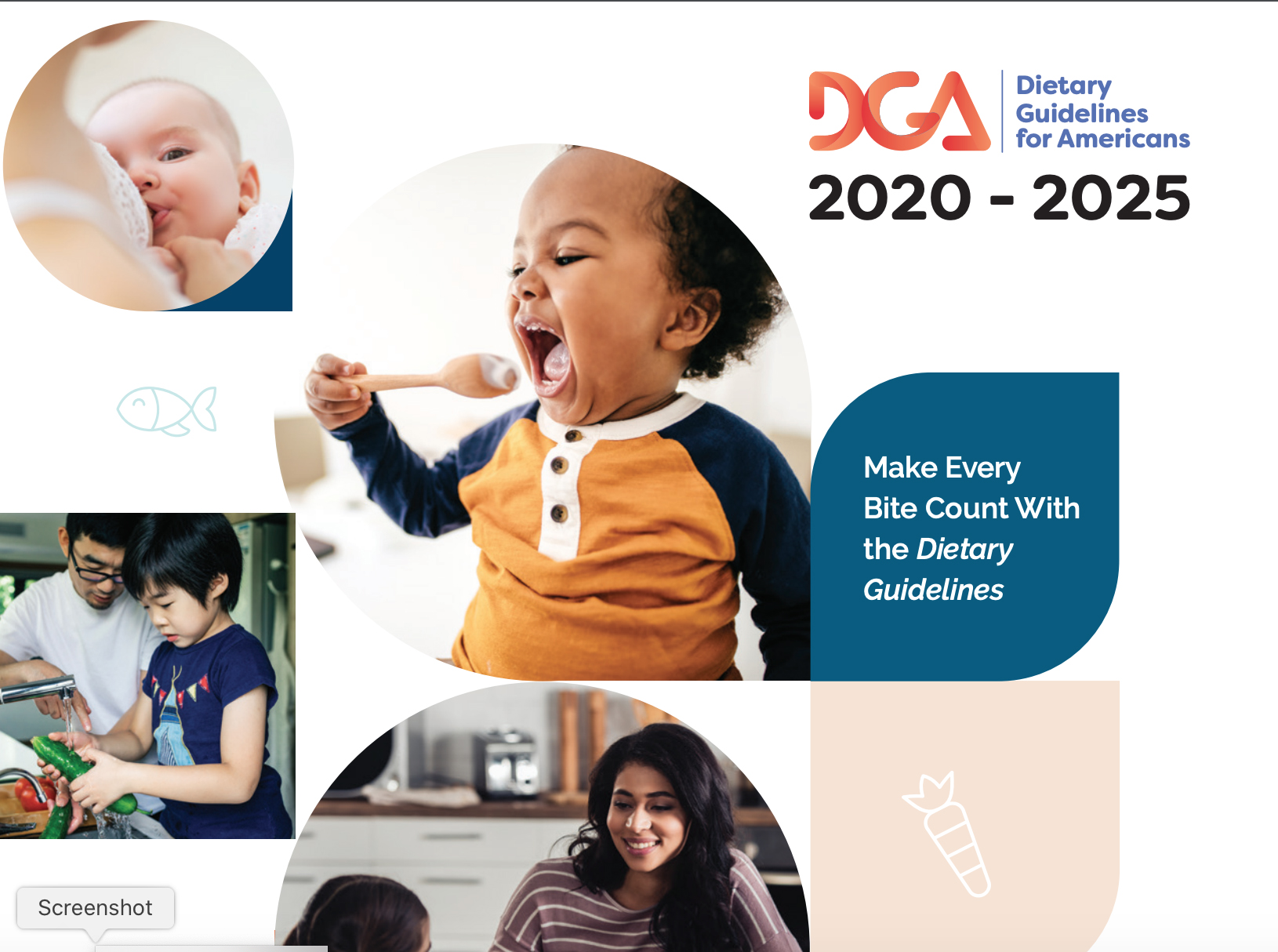Eat more seafood to promote and protect your health. Now that’s good advice, backed by science, that is being built into U.S. nutrition policy.
The Dietary Guidelines for Americans 2020-2025, published Dec. 29, 2020, by the departments of Agriculture and Health and Human Services www.dietaryguidelines.gov, finally recognize seafood as an essential, nutrient-dense and health-promoting dietary component, starting as early as 6 months of age.
As a Ph.D. nutritionist, I have been involved in several cycles of the DGA review and approval process, and these latest guidelines include the most significant advances for the expanded consumption of seafood. The newly released DGA are consistent with the latest evidence and support the consumption of wild Alaska seafood of all varieties.
The DGA 2020-25 will serve as the basis of U.S. government food and nutrition policy for the next five years, including seafood dietary recommendations. As a nutritionist, I am hopeful USDA will take steps to ensure that all government food, nutrition and safety net programs can reliably provide two to three weekly servings of seafood to all recipients moving forward.
The DGA 2020-25 recommends two to three servings of seafood a week as part of all healthy dietary consumption patterns (except vegan) for Americans over 6 months of age. For the first time, the guidelines include infants and toddlers under 24 months of age. Breastmilk and seafood are the two main sources of animal/marine quality omega-3 fatty acids that are essential to early cognitive development and growth. Per the new guidelines, seafood should be introduced with other complementary foods at six months.
Seafood consumption is significantly below recommendations, at about 90 percent of Americans NOT eating enough seafood at any life stage (as already noted in the DGA 2015): Seafood consumption should be increased to two to three servings a week from 12 months on, including pregnancy and breastfeeding, to promote brain development and immunity. Seafood is considered a vital, nutrient-dense food that should be consumed to meet dietary needs and caloric requirements as part of any dietary pattern; Seafood is included in the protein food and oil categories, two of the six food groups listed vegetables, fruit, grains, diary, protein foods and oils).
About the guidelines
The DGA 2020-25 are grounded in science and focused on public health promotion, not disease treatment.
Five nutrition-related health conditions prevalent in the United States are the basis for the new guidelines: Overweight and obesity; cardiovascular disease and related risk factors; diabetes; cancer; and bone health and muscle strength. Seafood, being rich in protein, calcium, vitamin D and zinc, addresses all five, promoting health and reducing risk of chronic disease.
The DGA are based on a recognition that people do not consume individual nutrients but eat changing combinations of foods, so they identified eating patterns for people at every life stage and found seafood is a component in all healthy consumption patterns.
Through the mission of the Alaska Seafood Marketing Institute’s Global Food Aid Program, and its director, Bruce Schactler, more species and product forms of Alaska seafood have been added to domestic and international food assistance programs. This expansion has proven beneficial for both Alaska and the seafood industry nationwide, especially in 2020, when seafood was hurting across the board.
Perhaps an even greater benefit is to the millions of food-insecure Americans who now have access to a variety of seafood on a consistent basis through the USDA Food & Nutrition Service programs. Today, seafood products are on the menu for everyone from K-12 school children, to pregnant women, nursing mothers and their young children, to families at food banks, community distribution centers, and through home deliveries.
This type of market expansion and increased consumption boosts demand and brings new value to all seafood sectors, from the fishermen to the consumers.








